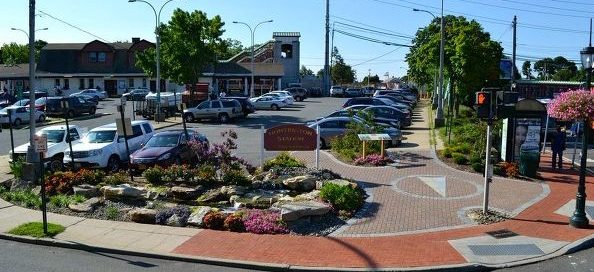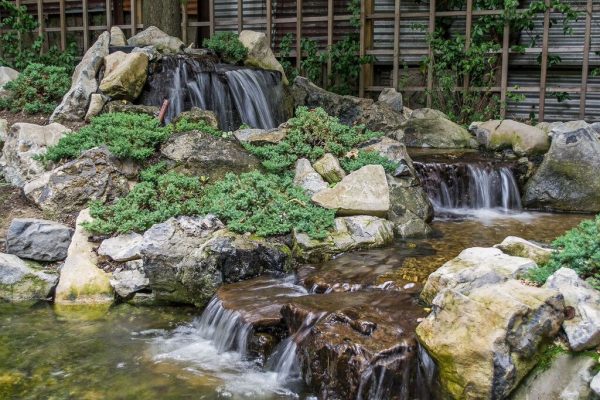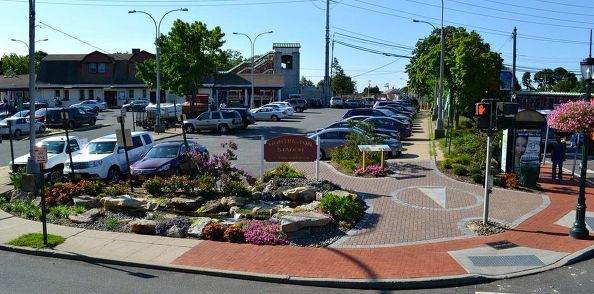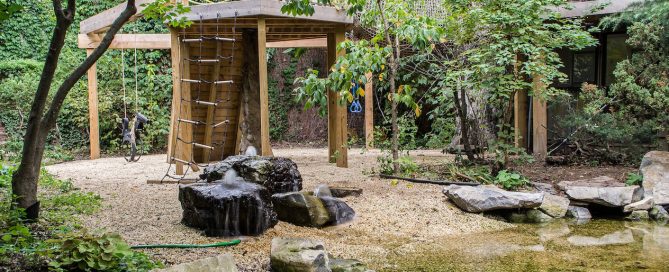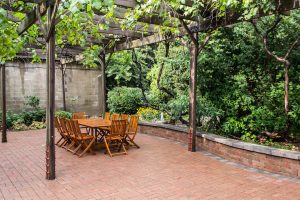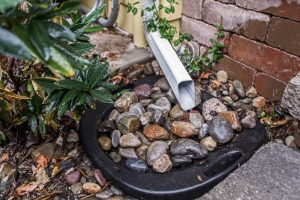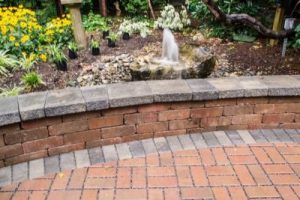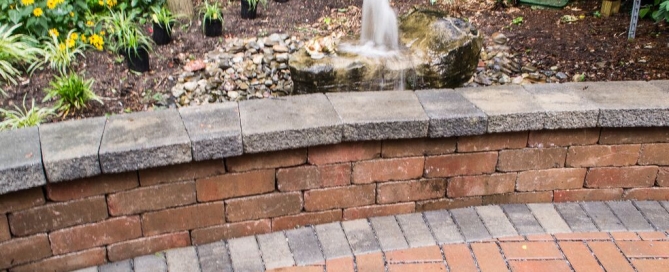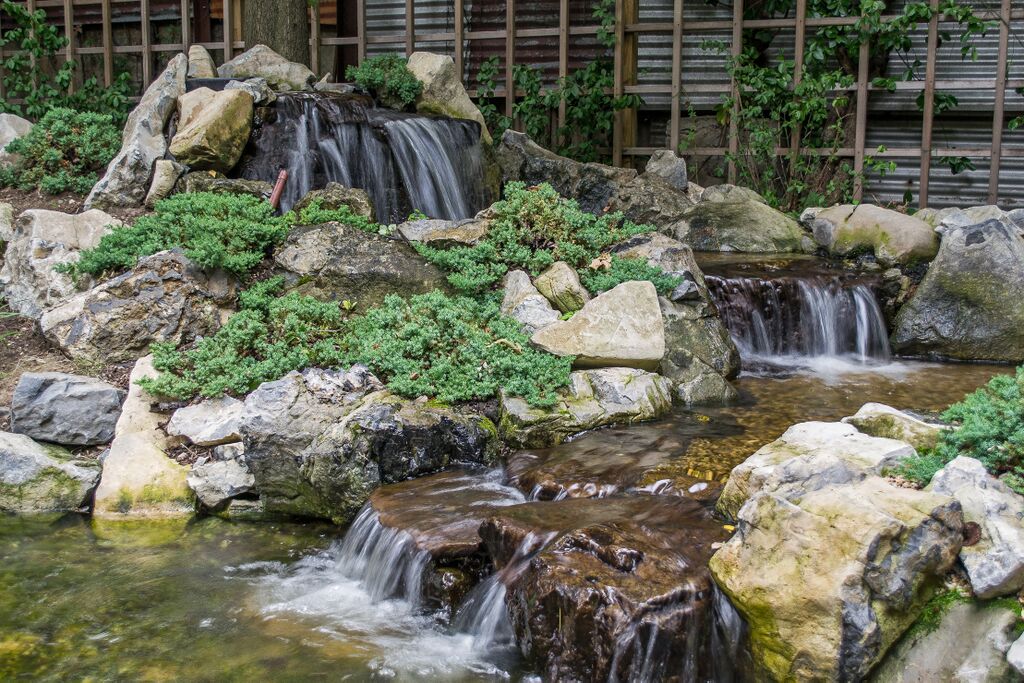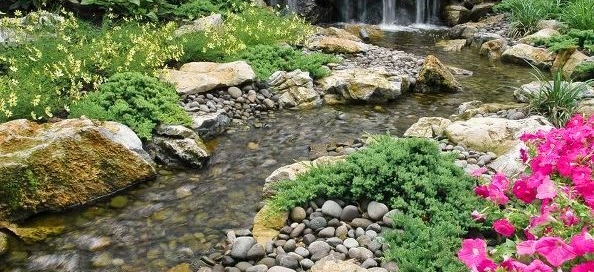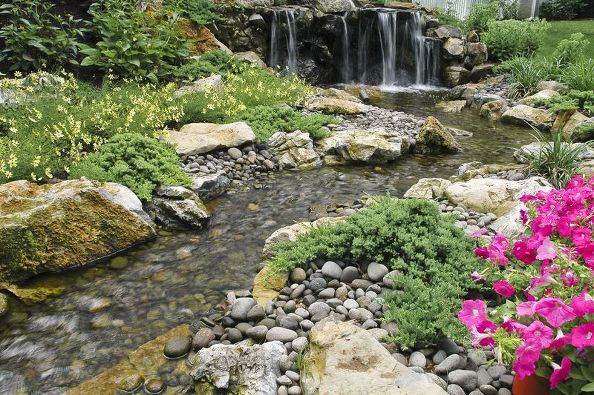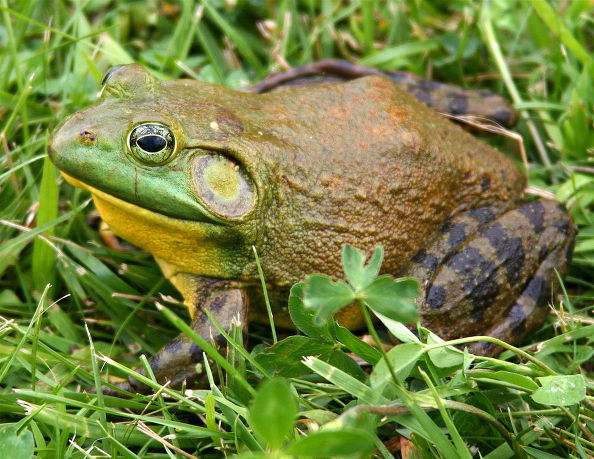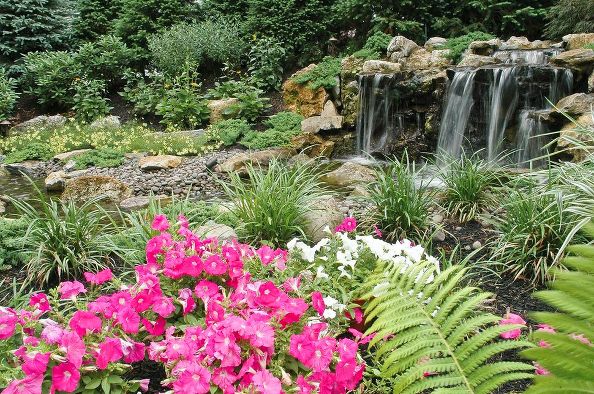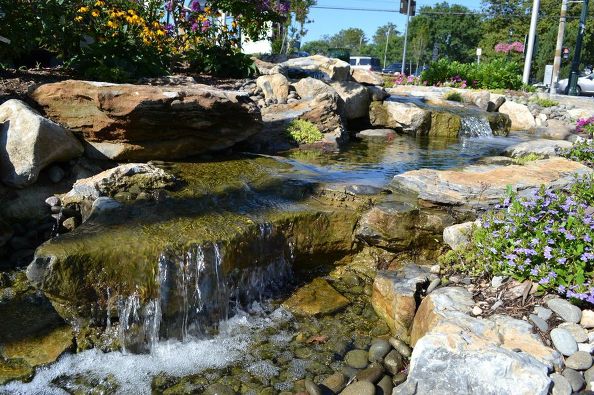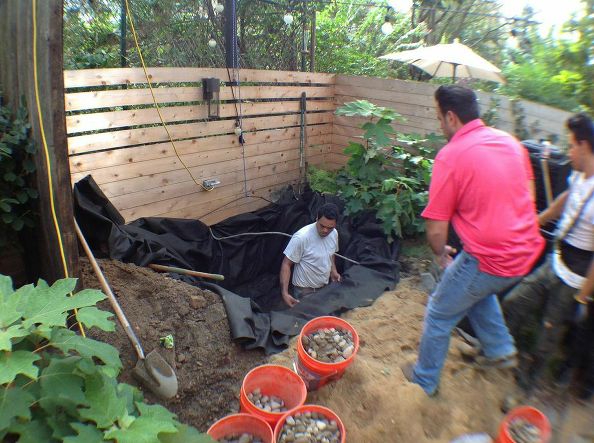Eco-Friendly Projects for Earth Day, 2021
One week from today is Earth Day –when people around the world will highlight a variety of ways to help preserve our planet.
Many parents might even want to involve their children in home earth-friendly activities.
Involving the Kids
Pinterest, for example, is full if ideas on how to involve the kids come April 22nd:
— butterfly themed lessons for preschool (left),
— creating spring sensory bins,
— flower planting themed activities,
— making a worm-friendly mud containers
Some parents might even involve their children in setting up a simple rainwater harvesting project — barrel rainwater harvesting.
“Basically all that involves is connecting a pipeline from a roof or terrace to a large barrel,” says our own Dave Stockwell. “You can even set up several barrels for collecting the rain, since we often get a fair amount in our neck of the woods.”
If you don’t want to purchase special rain barrels, you can use a simple trash holder. Plus, getting the kids to help clean the trash clan before setting it up is an easy safe job for them.
Rainwater Garden
If you’re storing rainwater and have a garden, you can place a pipe to directly connect with it. “All it needs is an easy tap in order to control the water flow and prevent any overflow into the garden,” says Dave. “Some might even increase the amount of gardening they are doing because of the abundance of water they have at hand.”
It’s helpful to remember that only a small amount of falling rain actually seeps into the ground. Much of it ends up as runoff in our sewers and on into our waterways. So saving it and utilizing it is truly a gift to mother earth for Earth Day 2021.
Sustainable Water Features
For those interested in adding a water feature to their yard, business, or public land, but don’t want to waste precious water to keep it running and topped off, can consider more complicated rainwater harvesting products.
“Indeed, we are so very passionate about rainwater harvesting that we have a special division at Deck and Patio devoted to such beneficial water preservation projects,” says Dave.
Here’s an example:
For this project, we also installed an automatic valve; when the water gets low in their new pond, waterfalls or stream, water in the irrigation system flows in and replenishes it.
While we’ve done hundreds of green water features at private homes across Long Island, a favorite project we sharing below we did several years ago for the Town of Huntington at the local railroad station.
And for an example of a public project:
In cooperation with the Town of Huntington (Long Island), we added this serene water feature and a paver pathway at the area train station parking lot.
Permeable pavers by Techo-Bloc were put over gravel and a rubber liner which filter the rainwater runoff before it reaches the reservoir we installed at the end of the stream.
“There is enough captured water at this train station water feature to not only sustain itself, but to also irrigate all the plantings,” says Dave. “Plus, this eco-friendly system keeps any non-filtered rainwater from going into the Town’s sewer system and on into Huntington Bay.”
As Earth Day approaches, there’s lots of ways to celebrate Mother Earth. Happy conserving!

